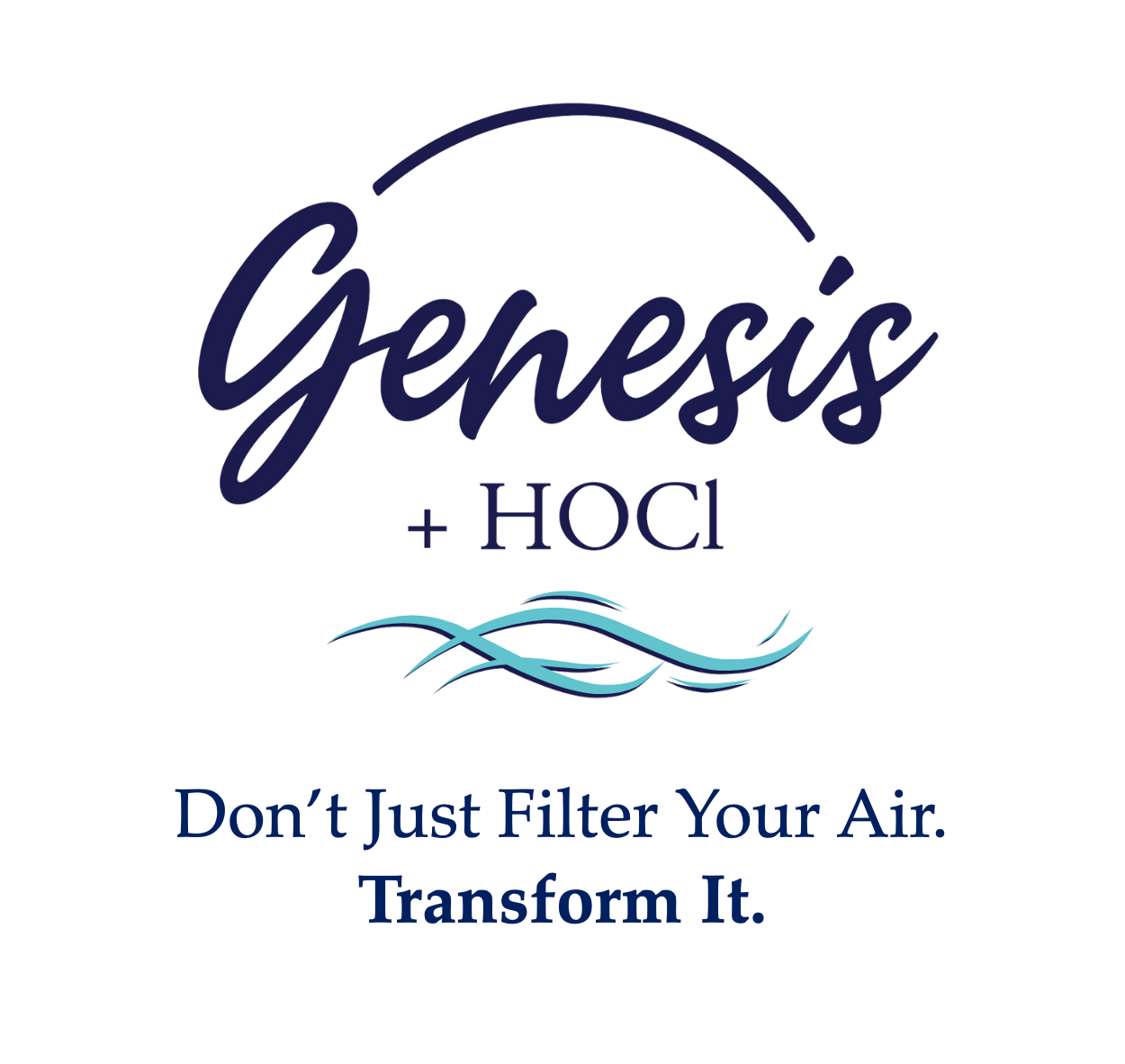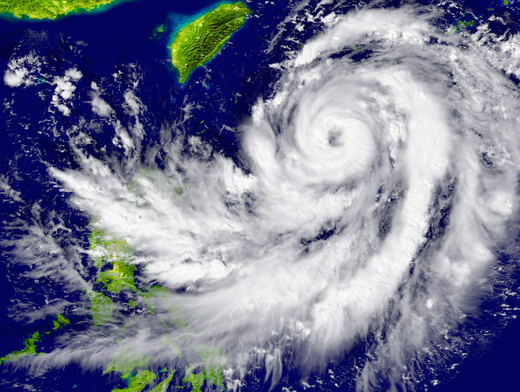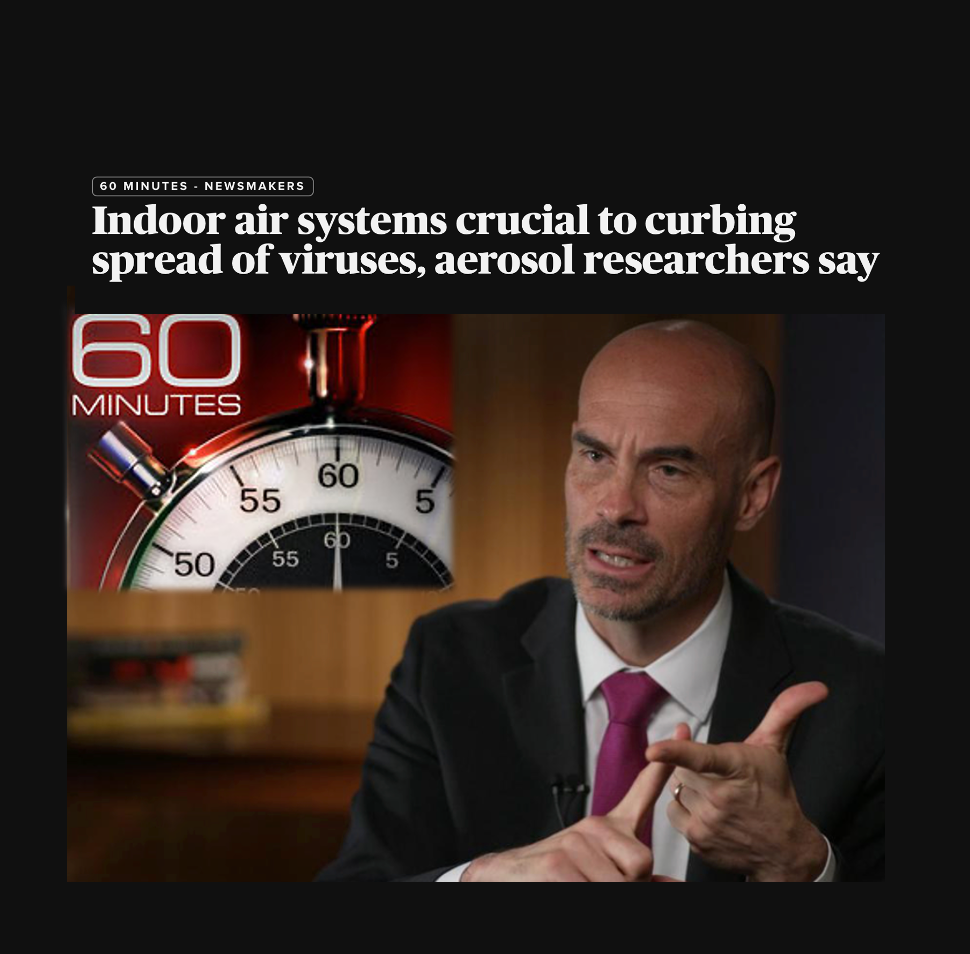Restoring Your Home with Effective, Natural Solutions
As we enter the height of the hurricane season, the threat of flooding and water damage to homes and businesses is at its peak. These natural disasters often leave behind a silent but harmful aftermath—mold and mildew. Once mold becomes airborne, it quickly becomes a significant health concern. For those living in hurricane-prone areas, taking precautions against mold is essential for maintaining health and safety. One of the most effective solutions to combat airborne mold and mildew, as well as musty smells, is hypochlorous (HOCl) atomizing.
Understanding the Incredible Power of HOCl
Hypochlorous (HOCl) is a naturally occurring substance produced by white blood cells in the human immune system. It is a powerful disinfectant that the body uses to kill pathogens. Because it is a natural part of the body’s defense mechanism, pathogens have not developed resistance mechanisms against it, unlike synthetic chemicals . This makes HOCl an incredibly potent and safe solution for disinfection.
The Serious Problem with Airborne Mold
Mold spores are ubiquitous in our environment. When they find a moist surface, they grow rapidly, releasing spores into the air. These spores can cause a range of health issues, from allergic reactions and asthma attacks to more severe respiratory problems. According to the Centers for Disease Control and Prevention (CDC), exposure to mold can lead to symptoms such as nasal stuffiness, throat irritation, coughing, and eye irritation. For individuals with weakened immune systems, chronic lung diseases, or severe allergies, mold exposure can be particularly hazardous.
The Proven Science Behind HOCl Atomizing
HOCl atomizing works by dispersing fine particles of HOCl into the air, which then settle on surfaces and linger in the air itself, effectively eliminating mold spores, bacteria, viruses, and other pathogens. Research has shown that HOCl is highly effective at killing a wide range of pathogens without causing harm to humans, pets, or plants . It operates at a cellular level, destroying the cell walls of bacteria and deactivating viruses, making it an ideal solution for maintaining clean and safe indoor air quality.
Why HOCl Atomizing is the Ultimate Solution
Broad-Spectrum Efficacy: HOCl has been proven to eliminate 99.9% of bacteria, viruses, and fungi, including mold and mildew. This makes it a comprehensive solution for disinfecting both air and surfaces simultaneously.
-
- Natural and Hypoallergenic: As a naturally occurring substance in the human body, HOCl is hypoallergenic and safe for frequent use. Unlike chemical disinfectants, it does not cause irritation or adverse reactions, making it safe for use around people with allergies, asthma, and other sensitivities.
- Environmental Safety: HOCl is environmentally friendly. It breaks down into harmless components, leaving no toxic residues behind. This is particularly important for households with children and pets, as well as for use in businesses that are conscious of their environmental impact.
- Ease of Use: HOCl atomizers are user-friendly and can be easily integrated into any home or business. They provide continuous protection without the need for complex installation or maintenance. This ensures that the indoor environment remains safe and healthy with minimal effort.
Addressing the Significant Health Risks
Airborne mold can lead to serious health concerns, especially in areas prone to high humidity and frequent storms. When mold spores are inhaled, they can cause a range of respiratory issues. According to a study published in the Journal of Allergy and Clinical Immunology, exposure to mold spores can exacerbate asthma and lead to the development of allergic bronchopulmonary aspergillosis, a condition that can cause severe lung damage.
Seasonal Considerations
This time of year is particularly critical for addressing indoor air quality due to the increased frequency of tropical storms and hurricanes. These weather events can cause flooding and water damage, creating the perfect conditions for mold growth. The CDC advises that homes and businesses affected by flooding should take immediate action to prevent mold growth, which can begin within 24 to 48 hours after water exposure.
Here’s What You Can Do Now
For those living in hurricane-prone areas, incorporating HOCl atomizing into your daily routine is a proactive step towards maintaining a healthy indoor environment. HOCl can be used multiple times per day with no risk due to its natural and hypoallergenic properties. This ensures continuous protection against mold, mildew, and other airborne pathogens, safeguarding the health of people and animals.
By adopting HOCl atomizing technology, you are not only addressing immediate concerns about mold and mildew but also investing in long-term health benefits. As research continues to validate the efficacy and safety of HOCl, it becomes increasingly clear that this is the best solution for improving indoor air quality in any environment.
At Genesis+HOCL, we understand the unique challenges that come with mold, mildew, and mustiness, especially after severe weather events like hurricanes. If you have any questions or need personalized assistance, we’re here to help. Don’t hesitate to contact us with your specific concerns.
To place an order and take advantage of our special promo code, CLEANAIR, visit GenesisHOCL.com. Protect your home and health with the most effective solution available. Stay safe and breathe easy with Genesis+HOCL.
Conclusion
Hypochlorous (HOCl) atomizing stands out as the most effective and safe method for combating airborne mold, mildew, and musty smells, particularly in areas affected by severe weather. Its natural composition, broad-spectrum efficacy, and ease of use make it an unparalleled solution for maintaining a healthy indoor environment. As we navigate the challenges of storm season, adopting HOCl atomizing technology can help protect your home or business from the hidden dangers of poor indoor air quality.



Share:
Why Indoor Air Quality Can’t Be Ignored Anymore—Even 60 Minutes Says So
Protecting Military Families: A Non-Toxic Solution for Mold Issues in Military Housing